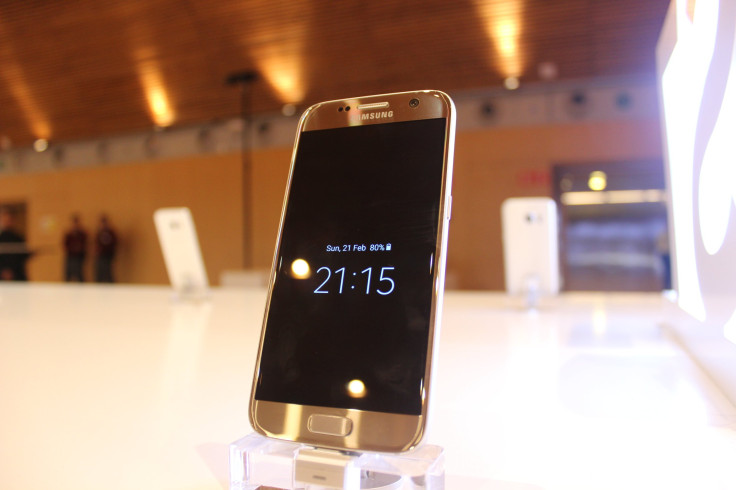Though many smartphones were announced at Mobile World Congress in Barcelona this week, there was still an underlining theme focused on gaming and VR. For mobile-based gaming and VR, chipset maker Qualcomm is at the forefront, ensuring the consumer experience continues to improve.
“You can certainly get great gaming on even the Snapdragon 810 today. You get better gas mileage from a graphics perspective,” Qualcomm vice president of marketing, Tim McDonough, told iDigitalTimes.
“When you talk about VR, the technologies in Snapdragon really have to work as a team to pull it off. The bar is so much higher.”
Many devices including the Samsung Galaxy S7 and LG G5 were announced at MWC with the Qualcomm Snapdragon 820 chip, which works on correcting latency in mobile VR rendering in particular. This ensures that content can keep up with the movements users make while in VR headsets.
Many high-end smartphones have powerful, high-resolution displays, which are great for standard viewing. But as users bring these devices closer to their faces for VR experiences limitations begin to arise, McDonough noted.
“You realize you want more resolution and you realize the frame rates need to be higher. You don’t want to see the pixels; you don’t want to see jitters,” he said.
Such issues are addressed with the Snapdragon 820 chip to not only provide high quality graphics to mobile VR experiences, to also have those graphics run continuously.
Mobile is expected to be the vehicle under which most consumers try VR for the first time. These consumers are not necessarily the core audience for VR as many of the PC-based VR companies like Oculus, HTC and Vive are hoping to draw in enthusiasts and early adopters who are willing to shell out $600 to $600 for headsets in addition to having high-end gaming computers, which sell for an upwards of $1500.
“Content is coming in and [mobile consumers] want to try it and not take a risk,” McDonough said. “If you can buy your next phone and have it be VR ready, then all you need to do is buy the $99 headset or Cardboard. If you love it then you can think about what you want to do next.”
With powerful internal components like the Snapdragon 820 chip, hardware manufacturers are more free to experiment with different ways to present their mobile VR experience. Mobile VR headsets can be more than an accessory on which acts like a holster for a smartphone producing VR.
The LG 360 VR headset LG announced at MWC is a hybrid where the phone is driving a cable, which is connected to a separate custom display, McDonough notes.
Other applications could use the Snapdragon 820 chip to power a dedicated headset, which could be controlled by a smartphone remotely. Such an application would make mobile VR more PC-based VR.

















